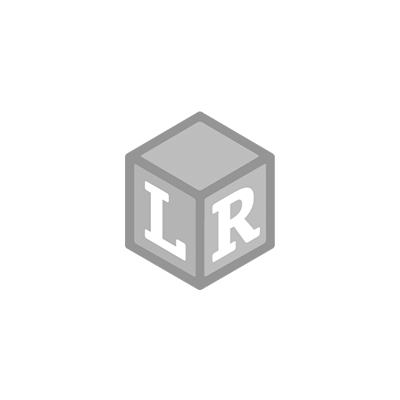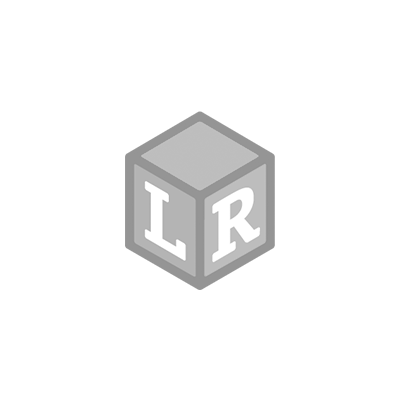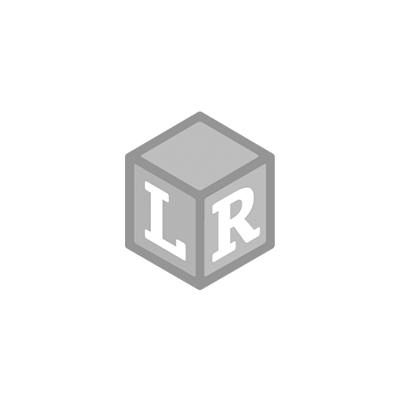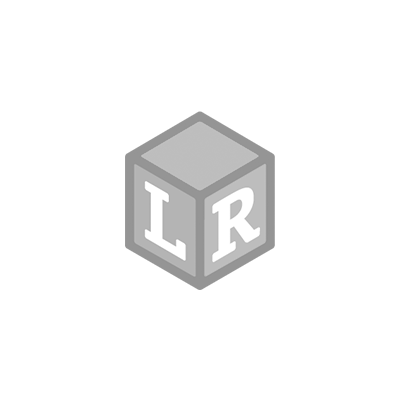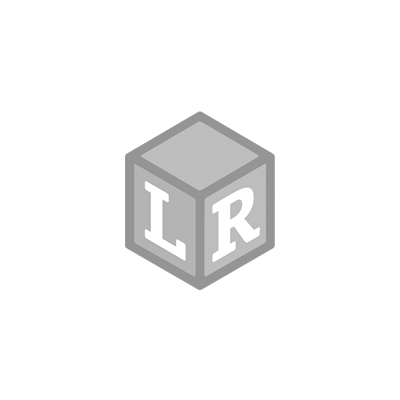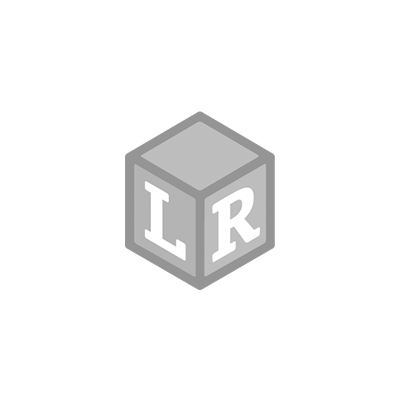
Supporting Your Child’s Literacy Development at Home
- Gabrielle Fischer Posted On Jul 28, 2021 | 5 - 7 Years Reading
Such a big part of Kindergarten exposes children to the foundational skills needed to read and write, ready to succeed through the rest of their schooling careers. I can remember as a parent feeling so anxious about my now 3rd grader when he started Kindergarten regarding his ‘readiness.’ Was he prepared enough to read and write? Did he know his letters and their sounds? Was his writing neat enough? I’m sure many parents can relate to these questions of doubt, but I now look back and realize that simply by exposing my son to hands-on literacy learning opportunities, I had been preparing him for years.
Early Exposure is Key
I can remember my son’s preschool teacher saying that the most important thing to help develop his literacy was reading, reading, and then reading some more. And funnily enough, every teacher he has had since has said the exact same thing. The key is reading. So that’s my first tip for helping to boost those literacy skills as your child enters Kindergarten.
As my son was approaching Kindergarten, we were also taking every opportunity to strengthen his fine motor skills. His favorite way to do this was through playing with building toys such as LEGO™ bricks and Gears! Gears! Gears!®. The constant manipulation of small toys is a great way to strengthen little hands and nurture creativity. Strong fine motor skills stand children in good stead for writing in the future.
It is also really easy to forget the power of conversation. Talking to your children frequently is a great way to help model developed literacy skills while also giving your child time to learn and explore language. Always give them ample time to share their opinions and ideas (even if it’s the tenth time you've heard that same idea, that very same day!). Try to ask open-ended questions, which give plenty of room for your child to communicate and experiment with new vocabulary. Time to talk is a great way to also build their communication confidence.
Making the Learning Hands-on
The summer before my son entered Kindergarten; I spent a lot of time simply tweaking our sensory play setups to include a literacy element. More often than not, this involved adding foam letters or Letter Blocks to our rice or water bin. This was a good way to expose and discuss the letters but in a very hands-on setting. We also focused lots on him learning to read and write his name, gradually becoming more familiar with each letter. We would build the letters with toys and play dough, paint over chalk letters with water, and dot over his name with dot markers.
Another good way to work on letter recognition and building words are to enjoy a threading activity using letter beads. Our favorite set is the Uppercase Lacing Alphabet set, which is perfect for developing fine motor skills and working on letters simultaneously. We used to enjoy spelling our names, sorting letters onto the laces, making letter patterns, and even attempting a few basic sight words.
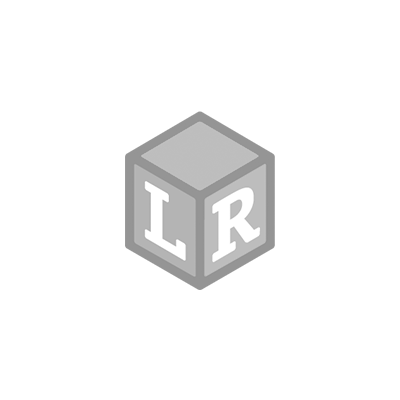
As your child’s ability to recognize and blend sounds progresses, you can shift focus towards sight words. We spent time tracing laminated sight words and tracing sight words in a sand tray to help with letter formation. As time went on, we looked more at building words using sounds. We introduced Word Construction pieces into our reading and writing time as they proved to be a great way to add in some hands-on word building. The letter nuts and bolts are an engaging theme and allow the child to control the play and learning. We started by building consonant, vowel, and consonant words and then gradually expanded.
 What are your children’s favorite ways to play and learn with literacy? Do you have any tips that helped prepare your child for Kindergarten level literacy? We’d love to hear them!
What are your children’s favorite ways to play and learn with literacy? Do you have any tips that helped prepare your child for Kindergarten level literacy? We’d love to hear them!
Writer’s Bio
Lucy Baker is a Mom of two (4 & 7 years old) passionate about creative play and hands-on learning. She firmly believes in providing children with the opportunity to learn through play and being part of their play journey as a parent. See more of her creative play ideas and process art projects on Instagram @findthelittlemind, and over on her blog, Find the Little Mind.
 Shop UK Site
Shop UK Site 

